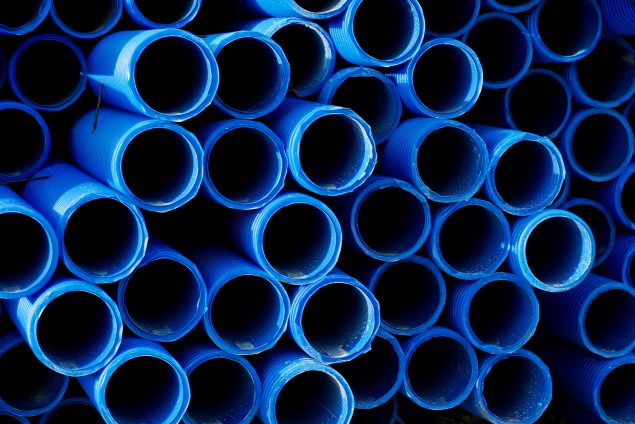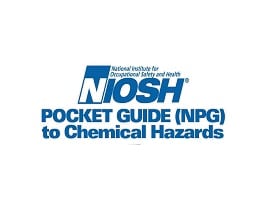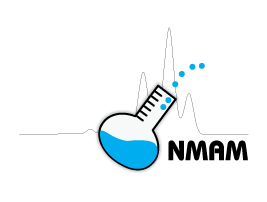Styrene

Overview
CAS No. 100-42-5
Styrene (C₆H₅CH=CH₂) is a colorless liquid that evaporates easily and has a sweet smell. Breathing high levels of styrene may cause changes in color vision, tiredness, feeling drunk, slowed reaction time, concentration problems, or balance problems. Hearing loss has been observed in animals exposed to very high concentrations of styrene.
Workers may be harmed from exposure to styrene. The level of exposure depends upon the dose, duration, and work being done. Styrene is widely used to make plastics and rubber. It’s used in insulation, fiberglass, plastic pipes, automobile parts, shoes, drinking cups and other food containers, and carpet backing.
Some examples of workers at risk of being exposed to styrene include the following:
- Workers in the reinforced plastics industry
- Workers involved in styrene polymerization
- Factory workers in rubber manufacturing
- Workers in industries that use styrene polyester resin
- Employees of photocopy centers
NIOSH recommends that employers use Hierarchy of Controls to prevent injuries. If you work in an industry that uses styrene, please read chemical labels and the accompanying Safety Data Sheets for hazard information. Visit NIOSH’s page on Managing Chemical Safety in the Workplace to learn more about controlling chemical workplace exposures.
The following resources provide information about occupational exposure to styrene. Useful search terms for styrene include “ethenyl benzene,” “phenylethylene,” “styrene monomer,” “styrol,” and “vinyl benzene.”
NIOSH Chemical Resources
Related NIOSH Resources
- NIOSHTIC-2 search results on styrene—NIOSHTIC-2 is a searchable database of worker safety and health publications, documents, grant reports, and journal articles supported in whole or in part by NIOSH.
- NIOSH Worker Health Study Summaries—NIOSH conducts research to prevent illnesses and injuries in the workplace. The NIOSH Worker Notification Program notifies workers and other stakeholders about the findings of these research studies.
- Hydrocarbons, Aromatic (No. 1501)—Sampling and measurement from NMAM, fourth edition.
- Organic and Inorganic Gases (Method 3800—Sampling and measurement from NMAM, fourth edition.
- Immediately Dangerous to Life or Health (IDLH) Value Profile: Styrene—NIOSH reviews relevant scientific data and researches methods for developing IDLH values.
Selected Publications
- NIOSH Criteria Documents: Criteria for a Recommended Standard: Occupational Exposure to Styrene—DHHS (NIOSH) No. 83-119 Presents a standard to prevent the adverse effects of exposure to styrene over a working lifetime.
- Occupational Safety and Health Guideline for Styrene—DHHS (NIOSH) No. 81-123
Related Resources
- Agency for Toxic Substances Disease Registry (ATSDR) – ToxFAQs: Styrene
- ATSDR Toxicological Profile for Styrene
- EPA Acute Exposure Guideline Levels (AEGLs): Styrene
- EPA Air Toxics: Styrene
- EPA Chemistry Dashboard
- EPA OPPT Chemical Fact Sheet: Styrene
- EPA Drinking Water Contaminants: Styrene
- EPA Integrated Risk Information System (IRIS): Styrene
- NTP OHAT Reproductive Hazards: Styrene
- NLM Hazardous Substance Data Bank: Styrene
- NLM Haz-Map: Styrene
- NLM Household Products Database: Styrene
- OSHA Safety and Health Topics: Styrene
- OSHA Hazard Communication
- New Jersey Hazardous Substance Fact Sheets: Styrene
International Resources
- International Chemical Safety Card: Styrene
- Canadian Centre for Occupational Health and Safety (CCOHS)
- European Chemicals Agency (ECHA): Styrene
- Gestis Substance Database
- IARC Monographs (Vol. 82): Styrene
- INCHEM IPCS Poisons Information Monograph 509: Styrene
- OECD Global Portal to Information on Chemical Substances
- WHO Environmental Health Criteria 26: Styrene



